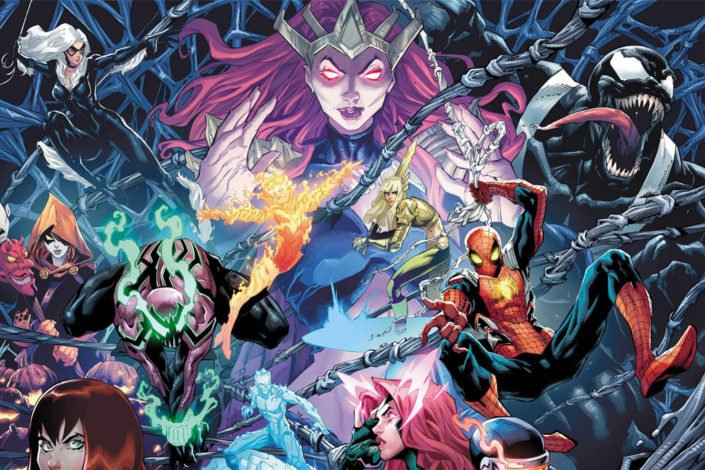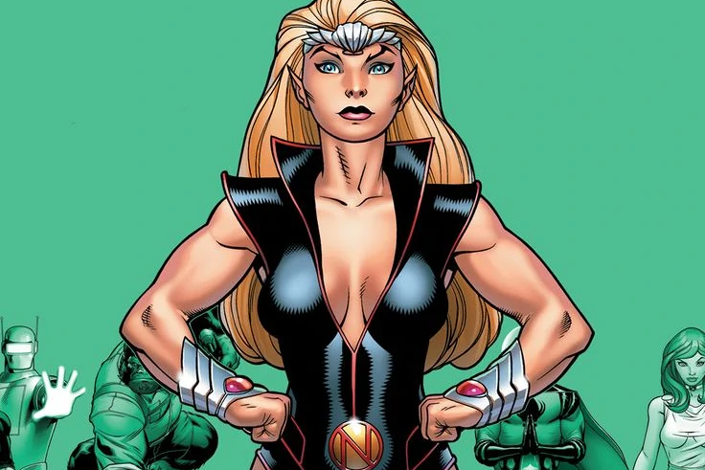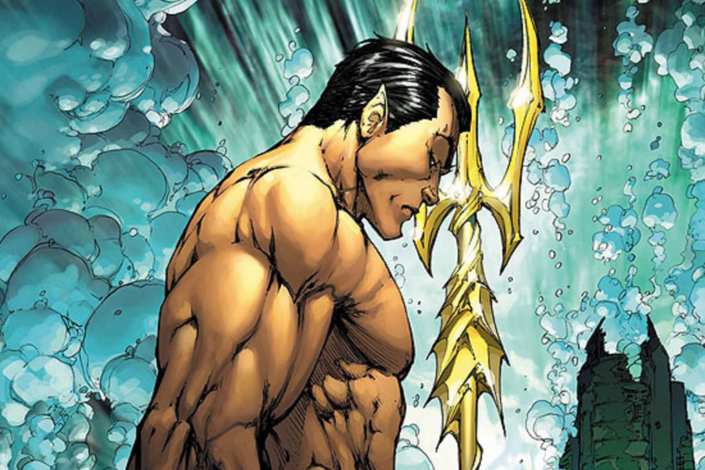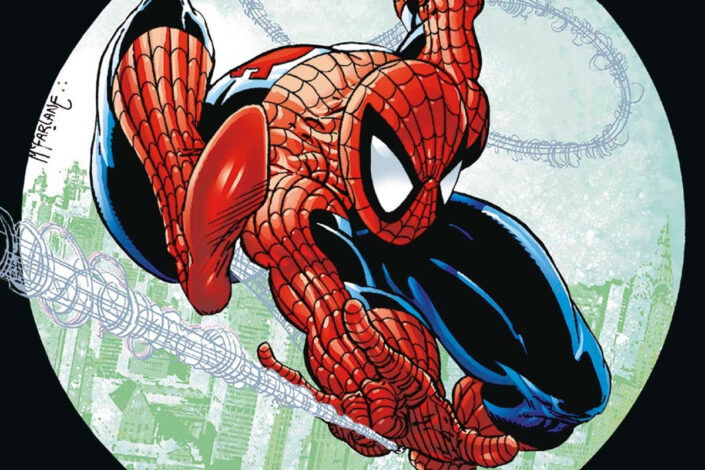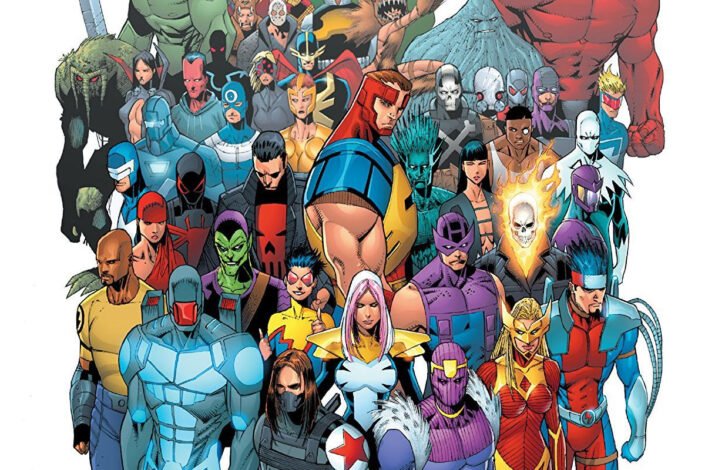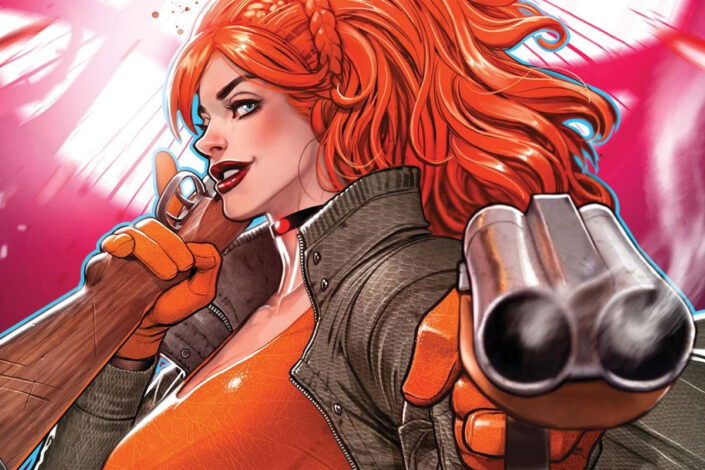Winter Soldier (Bucky Barnes) Reading Order

From the beginning, Captain America wasn’t fighting AXIS alone. He had a sidekick: Bucky. Created by Joe Simon and Jack Kirby, Bucky made his first comic appearance in Captain America #1 (March 1941) and didn’t leave Cap’s side during the war.
James Buchanan “Bucky” Barnes Jr. lost both of his parents when he was quite young. Soon, he was separated from his sister Rebecca and grew up at Camp Lehigh as a ward of the state. There, he became a camp mascot before receiving special training in England.
His life took a turn when he met Steve Rogers and discovered he was Captain America. He joined him in his first mission against Red Skull, then underwent another intensive training program to become the sidekick known as Bucky. With Cap, he fought Nazi operations, joined the Invaders, formed the Young Allies, and more.
Toward the end of the war, Captain America and Bucky Barnes vanished and were declared dead during a classified mission. And it stuck for a very long time. Bucky was part of a very small circle of comic book characters (with Jason Todd and Uncle Ben) known to stay dead.
Like Jason Todd, Bucky was brought back to life. Or more precisely, after a long period of time, it was revealed that he hadn’t died at all. After being retrieved by a Russian submarine, he was brainwashed to become the deadly assassin called the Winter Soldier.
Back among the living, a whole new chapter was being written for Bucky, from the brainwashed killing machine to Captain America and a quest for redemption, and back to the Winter Soldier.
A popular hero in the MCU where he is played by Sebastian Stan, Bucky Barnes is a Golden Age character that has been smartly reinvented in the Modern Age. Below, you’ll find a reading guide exploring Bucky’s history in the Marvel Universe.
